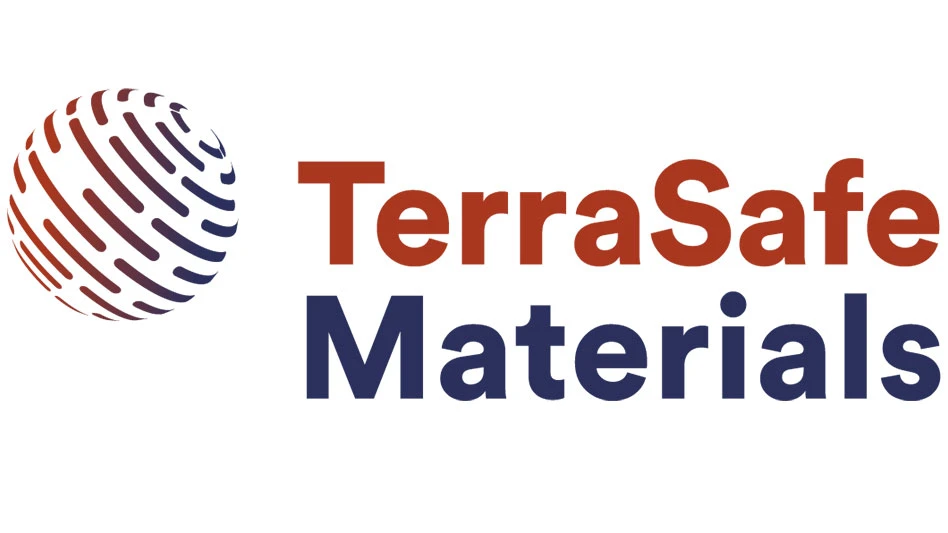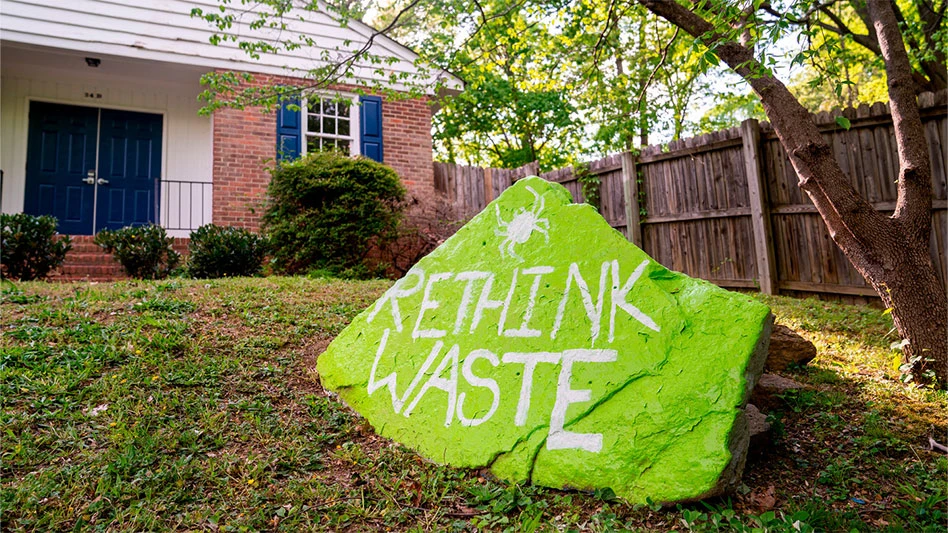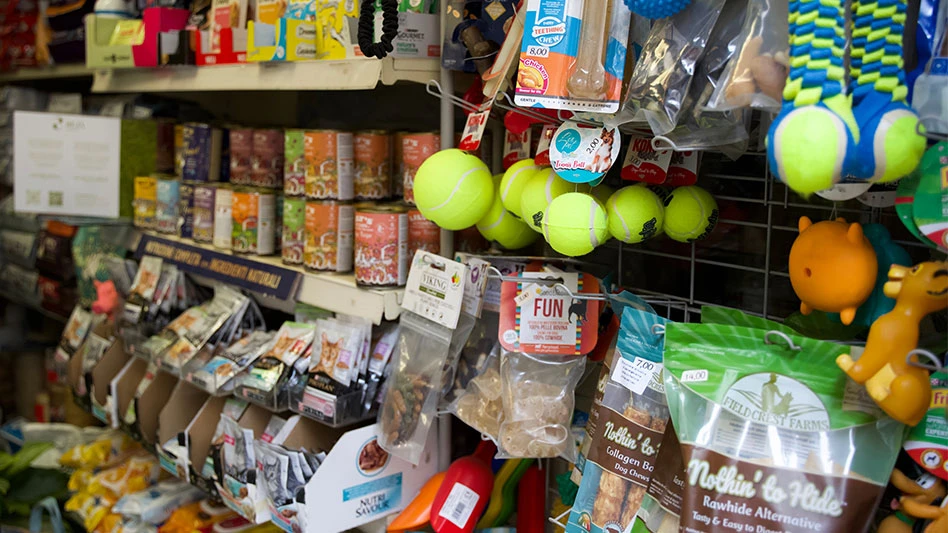
Recycling Today archives
According to a new analysis by the Circular Plastics Service of IHS Markit's Houston office, attaining a circular economy for plastics could be achieved by transitioning a portion of the future investment required to meet the growing demand for plastics toward advanced recycling and mechanical recycling methods.
IHS Markit says the global plastics industry will need to invest approximately $1.5 trillion to meet growing demand for plastics to 2050. Under current market trends, progress toward a circular economy would be modest, relying primarily on mechanical recycling. More ambitious goals, targeted at reducing the practices of landfill, incineration and energy recovery as end-of-life solutions for postuse plastics might be achievable by redirecting a portion of new manufacturing investment toward a wider range of plastic recycling facilities, including mechanical and chemical recycling, especially as the latter becomes more economically feasible, IHS Markit says.
More than $300 billion of the total capital spending earmarked for new plastics production capacity could be redirected to mechanical and chemical recycling processing capacity, thereby meeting the goals of an aggressive circular economy case, the analysis states.
The findings are part of the new IHS Markit Circular Plastics Service, which provides a comprehensive, scenario-based road map for how the plastics value chain could transition from a linear to a circular economy model. The research examines two scenarios: progress toward achieving plastics circularity at an incremental, measured pace, and a more aggressive scenario in which progress is accelerated by ambitious goals and policies set by governments and society.
The IHS Markit Circular Plastics Service addresses the implications of carbon intensity and the impact on future capital investments within the context of energy transition and carbon valuation amid changing policy and regulations. This service quantifies the magnitude and timing of substantial market shifts, identifies key regulatory and societal risks and provides ongoing tracking of fast-moving developments.
“Today, the plastics ecosystem has firmly committed to a transition in which the incumbent linear ‘make, use and dispose model’ for plastics is moving towards a more advanced state,” says Robin Waters, executive director, plastics planning and analysis, IHS Markit. “In this new case, we keep resources in use as long as possible, extract the maximum value while in use and then recover and regenerate valuable products and materials at the end of life.”
Driven by regulation, legislation and rising public concerns, progress toward a fully circular economy for plastics by 2050 is increasingly being sought. Yet, demand for plastics continues to grow as population and global standards of living rise, IHS Markit notes. A large quantity of plastic is used in single-use packaging (SUP) applications, and much of this plastic ultimately will turn up in the municipal solid waste (MSW) stream.
“Our analysis indicates that the situation is likely to become urgent,” says Anthony Palmer, vice president, IHS Markit. “At the heart of the matter is that the widespread benefits associated with the use of plastics contrast sharply with the way the world manages its end-of-life disposal—the so-called ‘plastics dilemma.’”
The global volume of MSW will increase from 2.1 billion metric tons in 2020 to 3.5 billion to 3.7 billion metric tons in 2050, IHS Markit says. With plastics representing approximately 12 percent of MWS, this means global end-of-life plastics will rise to more than 425 million metric tons in 2050, an increase of 170 million to 190 million metric tons.
“Most of this increase will occur in regions outside of North America, Western Europe and China—areas like Southeast Asia, India and Africa—owing to higher growth in population and standard of living,” Palmer says.
This presents formidable logistics issues that will challenge overall efforts to recover and recycle plastics because these regions are distant from the manufacturing centers of plastics production associated with the current produce and export model.
“Recycle targets for the 2025 and 2030 time frames—such as the EU Packaging Directive and the growing network of Plastic Pacts—indicate that society is tracking towards the more aggressive IHS Markit scenario, and industry will need to adapt its investments accordingly,” Palmer adds.
At the current pace of progress, plastics recycling via mechanical processes could plateau at just 14 percent of plastics demand by 2050, according to the IHS Markit analysis, or perhaps 22 percent under the more ambitious collection and recycling scenario identified by the company. The latter depends on significant advances in sorting, simplification of product design with end-of-life recycling in mind and development of selective solvent dissolution-precipitation technology to advance cleanup, the company adds.
Currently, mechanical recycling is the most advantageous from an economic, energy and carbon impact perspective. However, limitations to mechanically recycled plastics use arise in light of some degradation that occurs during each reuse cycle, contamination by additives and other factors, IHS Markit says.
Therefore, although IHS Markit says it expects mechanical recycling to increase significantly from some 20 million metric tons today to 112 million to 200 million metric tons in 2050, for the base and aggressive scenarios, this process alone will not be sufficient to achieve ambitious circularity goals. Chemical recycling will be needed to close the gap, according to the analysis.
IHS Markit says it expects step-change improvements in reactor design, catalysis and product processing with chemical recycling technologies to enable large-scale implementation of chemical recycling, enabling the aggressive case scenario. However, scale has been an issue to date.
“Technology advances would allow significant plant capacity scaleup, for example, from 500 to 3,000 metric tons per day, versus the 50 to 300 metric tons per day that are common today and where pyrolysis technology is cost-prohibitive,” says Jonny Goyal, associate director, technology and infrastructure, IHS Markit.
“Pyrolysis technology—that is high-temperature processes—will be able to operate with improved economics and development and will demonstrate reductions in unit fixed costs by as much as 50 to 65 percent,” he continues.
IHS Markit says it believes that advances along the technology experience curve will enable total chemical recycling capacity to increase from just 1.2 million metric tons today to 44 million to 190 million metric tons in 2050 for different scenarios the company has modeled.
The IHS Markit analysis finds that closing the circularity gap will require global alignment of stakeholders:
- Governments and regulatory bodies need to coalesce and support the development of standardized goals and regulatory actions that provide clarity and promote a circular model for plastics.
- Consumers and alliances need to continue to support the move toward circular-packaging solutions and provide greater transparency while recognizing the many pressures companies face.
- Industry needs to develop required technologies, build assets and manage costs to transition to a new circular model for plastics.
Get curated news on YOUR industry.
Enter your email to receive our newsletters.
Latest from Recycling Today
- Redwood Materials launches Redwood Energy
- Cirba Solutions announces new human resources executive
- Cascades to close packaging site in Niagara Falls, New York
- The Glass Recycling Foundation awards $137K in grants
- Goodwill Industries of Ontario Great Lakes and Rotogran International announce collaboration
- Textile Recycling Expo USA launches in Charlotte, North Carolina
- SSAB trials using crumb rubber from scrap tires in steelmaking
- EGA Spectro Alloys begins aluminum billet production





